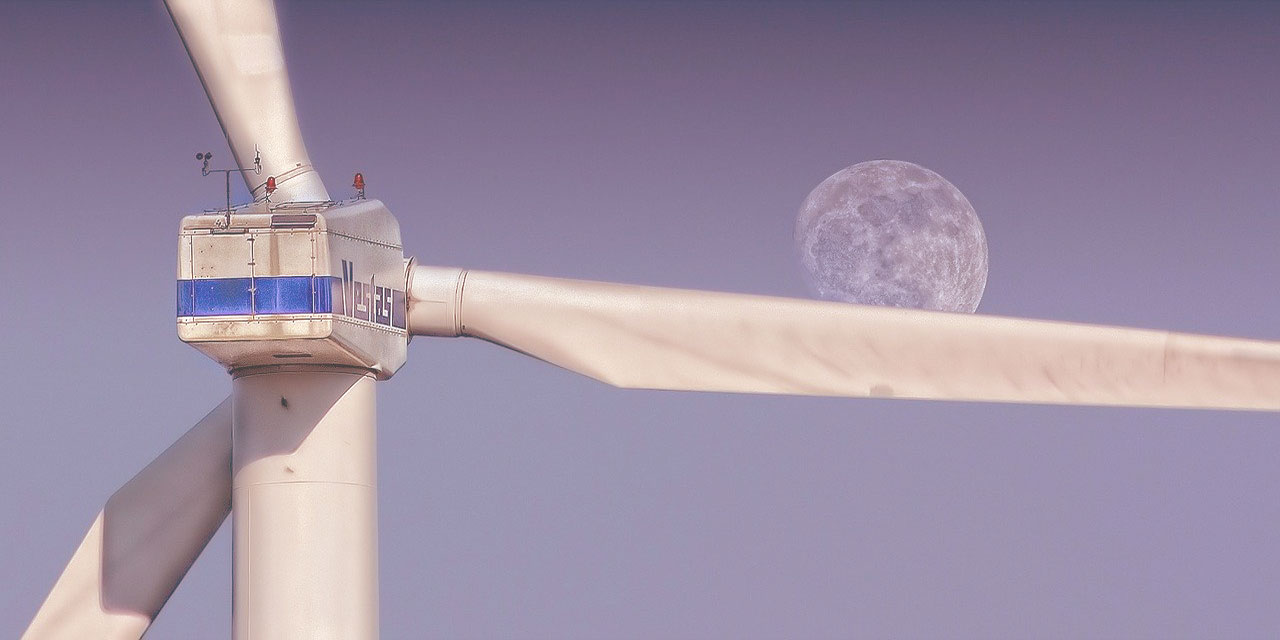Smart Drones

Wind Power
GSD WIND

The GlobsitSmartDrone aerial inspection service allows you to analyze the status of an aerogenerator, while it is still in operation, and of localized turbulence with an Artificial Intelligence system for autonomous navigation in a few hours.
The use of Artificial Intelligence, to replace visual analysis by thermographic and spectrographic technicians, permits to obtain more accurate and objective evaluations. The analysis of anomalies on several levels is in fact particularly valuable for the planning of ordinary and extraordinary maintenance, also providing operational indications useful for the management of preventive maintenance.
Thanks to the Computer Vision Guided, that is a neural network that uses the information coming from 6 cameras on board, it is possible to establish the route to follow, the navigation speed and the height to be maintained during the overflight which has a duration of about 40 minutes. During the exploratory flight phase, both the flight areas and the weather conditions are evaluated for the planning of on-field interventions. Globsit’s SAPRs have been designed precisely to be able to manage all flight operations even in strong wind conditions and at different heights. The turbulence generated by the drone does not in any way alter the analysis carried out thanks to the correct positioning of the on-board sensor.
On-board sensors can also detect data near the hub, the shuttle rotation system and the ventilation system in order to highlight any anomalies. SmartDrones have been designed with specific technical supports such as: 4 Way advanced sonic sensor, thermometer, gyroscope and accelerometer; for a speed accuracy of 0.1 m / 1 and directional accuracy of 2 degrees.
Here are some standard types of anomalies that can be found by the GSD WIND system:
Erosion – A very common class of damage involving the laminate coating of the blades. When not monitored it can become a safety and production risk.
Tape – Degradation or partial / total detachment of the tape to protect the leading edges of the blades. If not detected, it gives rise to structural problems that are much more difficult to manage.
Cracks – Micro-cracks generated by atmospheric events or impacts, which can structurally compromise the blades. Minor anomalies can turn into very dangerous structural damage.
Open bond lines – Degradation or partial / total detachment of the front and rear adhesive joints of the blades. It also severely compromises the structural stability of the system.
Pinholes – Superficial damage generated by atmospheric events or impacts. If the affected surface is large, serious structural problems can arise.
Traces of hydraulic oil – Hydraulic system leaks compromise the efficiency of the rotor mechanics. These problems are made evident by traces of hydraulic oil on the structure.
Vortex generator – Vortex generators improve production performance by 2 – 6% on average, so it is essential to check their status regularly.
Add-ons – To maximize the production on the blades, different categories of add-ons can be installed. The system is able to identify them and report any anomalies.
Anomalies of operating temperatures – This fault is detected near the rotor and cab motion bearings, enabling faults in the drive system to be identified before they compromise safety or production.
At the end of the field work and data processing, a detailed final report will be provided containing the anomalies found, the operational indications and the details of the inspection. All information will be made available in a cloud dashboard that makes verification operations much faster and allows you to significantly speed up on-site maintenance.
Richiedi Informazioni …
Inviando questo modulo accetti di ricevere comunicazioni via Email da parte nostra e accetti che i tuoi dati di contatto vengano archiviati presso di noi.
TOP
HEADQUARTER

GLOBSIT SRL
C.da Chiuse Pere snc
95033 Biancavilla (CT)
ITALIA
P.IVA: 04475230878
Unique Code: M5UXCR1
CONTACTS
Tel. +39 095 981 130
Email: info@globsit.com
PEC: globsit@pec.it
Facebook
Instagram
LinkedIn
Twitter
Youtube
Whatsapp
PAGES
HOME
COMPANY
CYBER SECURITY
SMART DRONES
SCUOLA 4.0
CONTACTS
APPOINTMENTS
POST & NEWS
Privacy & Cookies Policy
CERTIFICATIONS




